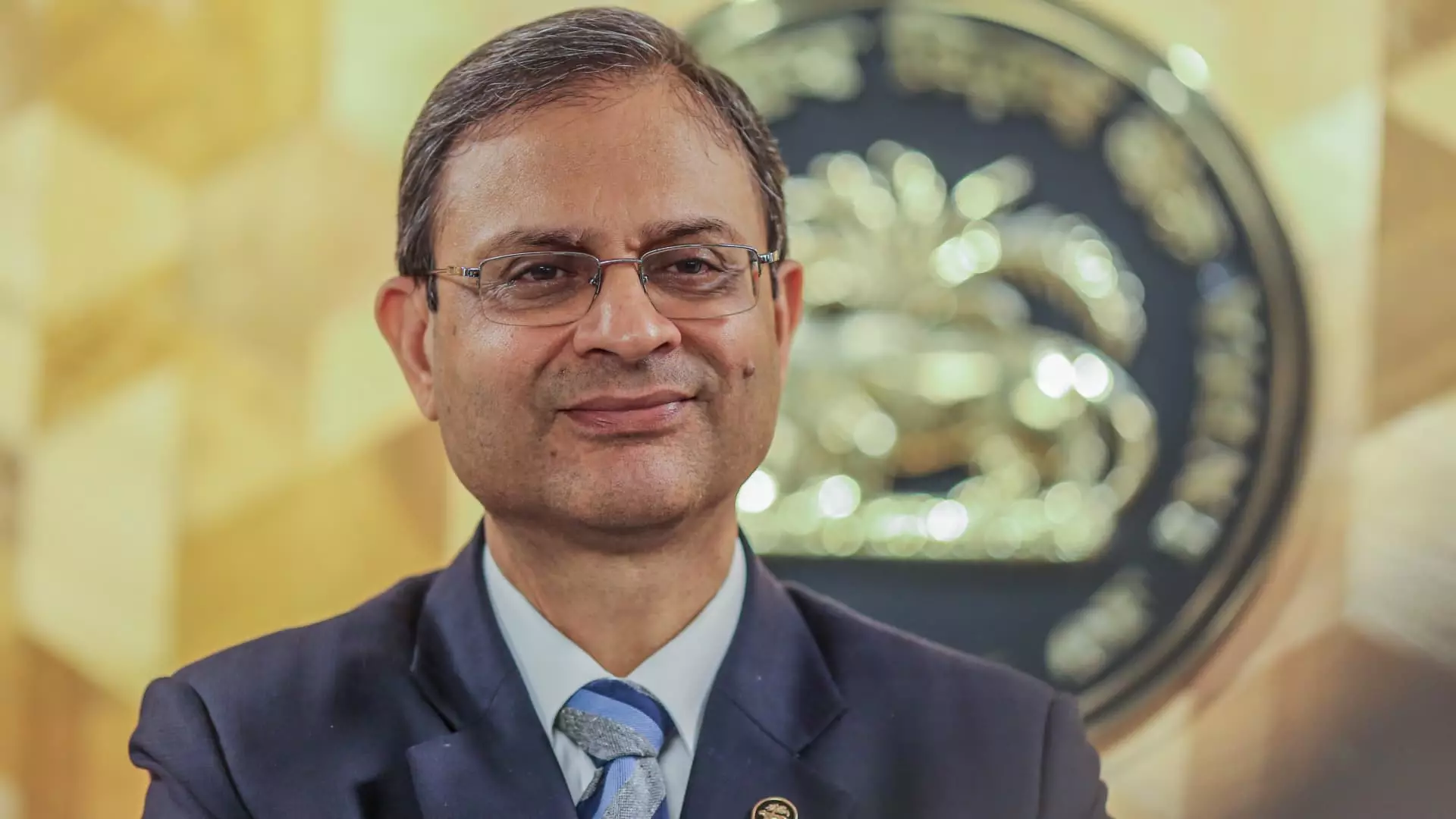In a significant monetary policy shift, the Reserve Bank of India (RBI) has announced a reduction in its key interest rate for the first time in almost five years. This decision comes against the backdrop of declining inflation rates, providing the central bank with an opportunity to invigorate economic growth. As stated by RBI Governor Sanjay Malhotra in a recent address, the Monetary Policy Committee (MPC) has opted to lower the repo rate by 25 basis points to 6.25%, marking a pivotal moment in India’s economic landscape.
The backdrop to this decision is multifaceted. After a prolonged period of maintaining the repo rate at 6.5%, the RBI’s latest adjustment reflects shifting economic dynamics. In the wake of the pandemic, which severely disrupted economic activity, the recovery trajectory has been uneven. Recent forecasts project a modest real GDP growth of 6.7% for the upcoming fiscal year, while the projected growth for the current fiscal year has been downgraded to 6.4%—the slowest growth rate recorded in four years. The RBI’s estimate of an inflation rate at 4.2% is also noteworthy as it remains aligned with the central bank’s target.
Market reactions to the interest rate cut have been mixed. Following the announcement, Indian stocks, reflected in the benchmark Nifty 50 index, experienced a slight decline, losing approximately 0.5%. Additionally, the yield on 10-year government bonds rose by more than 4 basis points, indicating investor concerns over future economic conditions. Analysts had anticipated this rate cut, but the decision to retain a “neutral” policy stance was unexpected for many. The MPC’s unanimous vote suggests a deliberate approach to navigate the complexities of economic recovery while keeping inflation in check.
Despite the recent easing of inflation rates, which had previously surged above the RBI’s tolerance threshold, concerns remain regarding the long-term stability of the currency. With India experiencing consumer price inflation decelerating to 5.22% in December and earlier at 5.48% in November, there is cautious optimism. However, the fundamental issue of currency stability persists. As the Indian rupee continues to struggle against the US dollar, further cuts in the repo rate may lead to increased inflationary pressures as capital outflows become a potential risk.
RBI’s recent measures to stabilize the currency and its proactive interventions in the foreign exchange market highlight the delicate balancing act it faces. While the interest rate cut aims to stimulate growth, the central bank must remain vigilant against inflationary risks and currency fluctuations. The analysis of these economic indicators underscores the importance of strategic monetary policy in navigating a post-pandemic recovery. Stakeholders—including investors, economists, and policymakers—will need to monitor these developments closely as India strives to regain its economic footing in an unpredictable global environment.
The RBI’s decision offers potential pathways for economic revitalization, but it also necessitates careful maneuvering to mitigate risks associated with inflation and currency valuation. The journey ahead will be challenging as the country navigates these turbulent waters while striving for sustainable growth.


Leave a Reply